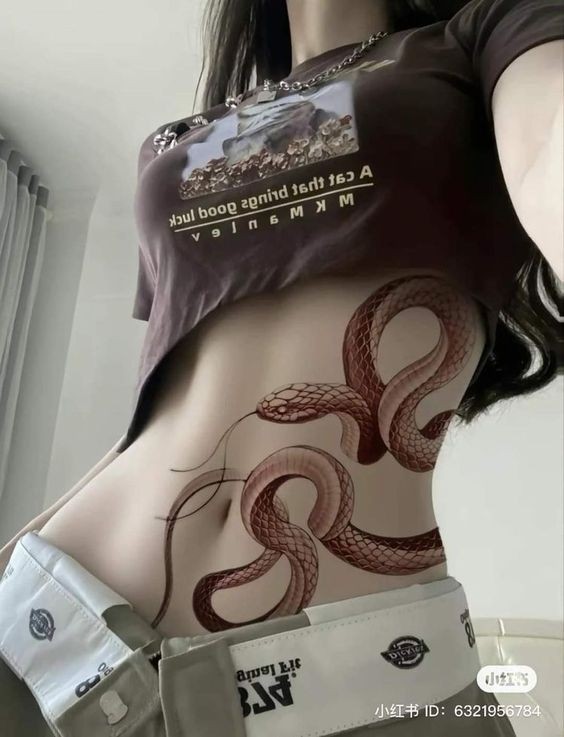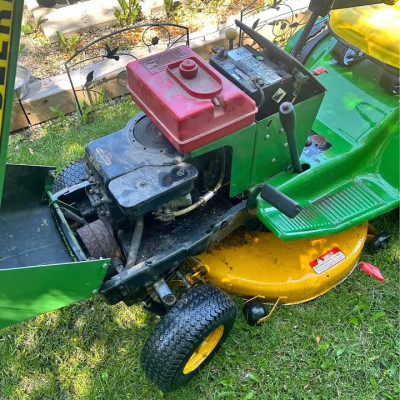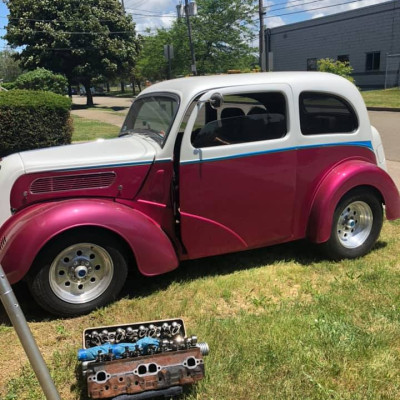**The Ultimate Guide to Tattoos: Everything You Need to Know About Body Art**
Tattoos have evolved from ancient rites of passage to modern-day fashion statements, embodying personal stories, beliefs, and artistry. Whether you’re considering your first tattoo or looking to expand your collection, understanding the nuances of tattooing is essential. This comprehensive guide will cover everything from the history and meaning of tattoos to choosing the right design, finding a reputable artist, and aftercare. By the end, you'll be well-equipped to make informed decisions about your body art journey.
### The History and Evolution of Tattoos
**1. **Ancient Origins*
- **Early Practices* Tattoos have been practiced for thousands of years across different cultures. Evidence of early tattooing can be traced back to ancient Egypt, Japan, and Polynesia. Ancient mummies, such as Ötzi the Iceman, have shown that tattooing was used for both medicinal and ritualistic purposes.
- **Cultural Significance* In many ancient cultures, tattoos were symbols of status, tribal affiliation, or religious beliefs. For example, Polynesian tattoos, known as *tatau*, were deeply connected to social rank and spiritual beliefs.
**2. **Modern Era*
- **20th Century* Tattooing gained popularity in the Western world in the 20th century, initially among sailors and military personnel. The art form began to be embraced by broader society in the latter half of the century, with tattoo parlors becoming more common and the art more diverse.
- **21st Century* Today, tattoos are a mainstream form of self-expression. Advances in tattoo technology, including improved inks and equipment, have allowed for more intricate designs and greater safety.
### Understanding Tattoo Designs and Styles
**1. **Classic Tattoo Styles*
- **Traditional (Old School)* Characterized by bold lines, vibrant colors, and iconic designs like eagles, roses, and skulls. This style often includes classic motifs and a strong sense of symbolism.
- **Traditional Japanese* Known for its elaborate and colorful depictions of dragons, koi fish, and cherry blossoms. Japanese tattoos often cover large areas of the body and are rich in symbolism.
**2. **Modern Tattoo Styles*
- **Realism* Focuses on creating lifelike images, from portraits to nature scenes. Realistic tattoos require exceptional skill and precision to achieve a high level of detail.
- **Watercolor* Mimics the appearance of watercolor paintings with vibrant, flowing colors and a fluid, painterly effect. This style often avoids traditional outlines, creating a more abstract look.
- **Geometric* Utilizes shapes, lines, and patterns to create visually striking designs. Geometric tattoos can range from simple shapes to complex, intricate patterns.
**3. **Unique and Emerging Styles*
- **Fine Line* Features delicate, thin lines and minimalist designs. This style is ideal for intricate, detailed work with a subtle, refined look.
- **Blackwork* Consists of large areas of solid black ink and can include abstract designs, tribal patterns, or detailed illustrations. Blackwork tattoos often make a bold statement.
### Choosing the Perfect Tattoo Design
**1. **Personal Significance*
- **Meaningful Symbols* Many people choose tattoos that have personal or cultural significance, such as symbols that represent family, heritage, or personal beliefs.
- **Custom Designs* Working with a tattoo artist to create a custom design ensures that your tattoo is unique and tailored to your personal vision.
**2. **Aesthetic Preferences*
- **Design and Style* Consider what design elements you are drawn to and what style of tattoo best represents your taste. Whether it’s intricate detailing or bold, graphic designs, your tattoo should reflect your personal style.
- **Placement* Think about where on your body you want the tattoo. The placement can influence the size and style of the design, as well as its visibility and impact.
**3. **Consultation with an Artist*
- **Research* Look at the portfolios of various tattoo artists to find someone whose style aligns with your vision. Read reviews and ask for recommendations to ensure you choose a skilled professional.
- **Communication* During your consultation, discuss your ideas, preferences, and any concerns with the artist. A good artist will provide feedback and help refine your design to fit your body and desired placement.
### Finding the Right Tattoo Artist
**1. **Research and Recommendations*
- **Artist Portfolios* Review the portfolios of potential tattoo artists to evaluate their skill and style. Look for consistency, quality, and attention to detail in their work.
- **Reviews and References* Read reviews and seek recommendations from friends or online communities. Positive feedback and personal referrals can provide valuable insights into an artist's reputation and reliability.
**2. **Consultation*
- **Discuss Your Vision* Share your design ideas, placement preferences, and any specific requirements with the artist. A thorough consultation helps ensure that both you and the artist are on the same page.
- **Check Hygiene and Safety* Ensure that the tattoo studio follows proper hygiene and safety protocols. A reputable studio will prioritize cleanliness and use sterile equipment to prevent infections.
### The Tattooing Process
**1. **Preparing for Your Tattoo*
- **Health Considerations* Make sure you are in good health and free from any infections or conditions that could affect the healing process. Avoid alcohol and blood thinners before your appointment.
- **Skin Care* Keep your skin well-moisturized and avoid sunburn or excessive dryness leading up to your tattoo session.
**2. **During the Tattoo Session*
- **Pain Management* Tattooing can be uncomfortable, but pain levels vary depending on the location and size of the tattoo. Discuss pain management options with your artist if needed.
- **Tattoo Process* The artist will start by creating a stencil of your design and applying it to your skin. They will then use a tattoo machine to inject ink into the skin, following the outline and adding details as required.
### Aftercare for Tattoos
**1. **Initial Care*
- **Cleaning* Gently wash the tattoo with mild soap and water. Avoid scrubbing or using harsh chemicals.
- **Moisturizing* Apply a thin layer of aftercare ointment or an unscented lotion to keep the tattoo hydrated and promote healing. Follow your artist’s aftercare instructions for the best results.
**2. **Healing Process*
- **Avoid Soaking* Keep your tattoo dry and avoid soaking it in water, such as during swimming or hot baths.
- **Sun Protection* Protect your tattoo from direct sunlight to prevent fading. Once healed, use sunscreen to maintain the appearance of your tattoo.
**3. **Long-Term Care*
- **Touch-Ups* Over time, tattoos may require touch-ups to maintain their clarity. Consult your artist if you notice any fading or need adjustments.
### Common Tattoo Myths and Misconceptions
**1. **Tattoos are Painful for Everyone*
- Pain levels vary from person to person and depend on the tattoo’s location, size, and individual pain tolerance.
**2. **Tattoos are Permanent and Unchangeable*
- While tattoos are permanent, they can be modified or covered up if you decide to make changes in the future.
**3. **Tattoos are Unsanitary and Cause Infections*
- When done by a professional artist in a reputable studio, tattoos are generally safe and hygienic. Proper aftercare is essential to prevent infections.
### Conclusion
Tattoos are a powerful form of self-expression and art, offering a way to carry meaningful symbols, personal stories, and aesthetic beauty with you always. By understanding the history, styles, and care involved in tattoos, you can make informed decisions that enhance your tattoo experience. Whether you’re planning your first tattoo or adding to your collection, this ultimate guide provides the insights and knowledge needed to navigate the world of body art confidently. 🌟💉✨
#tattooideas






